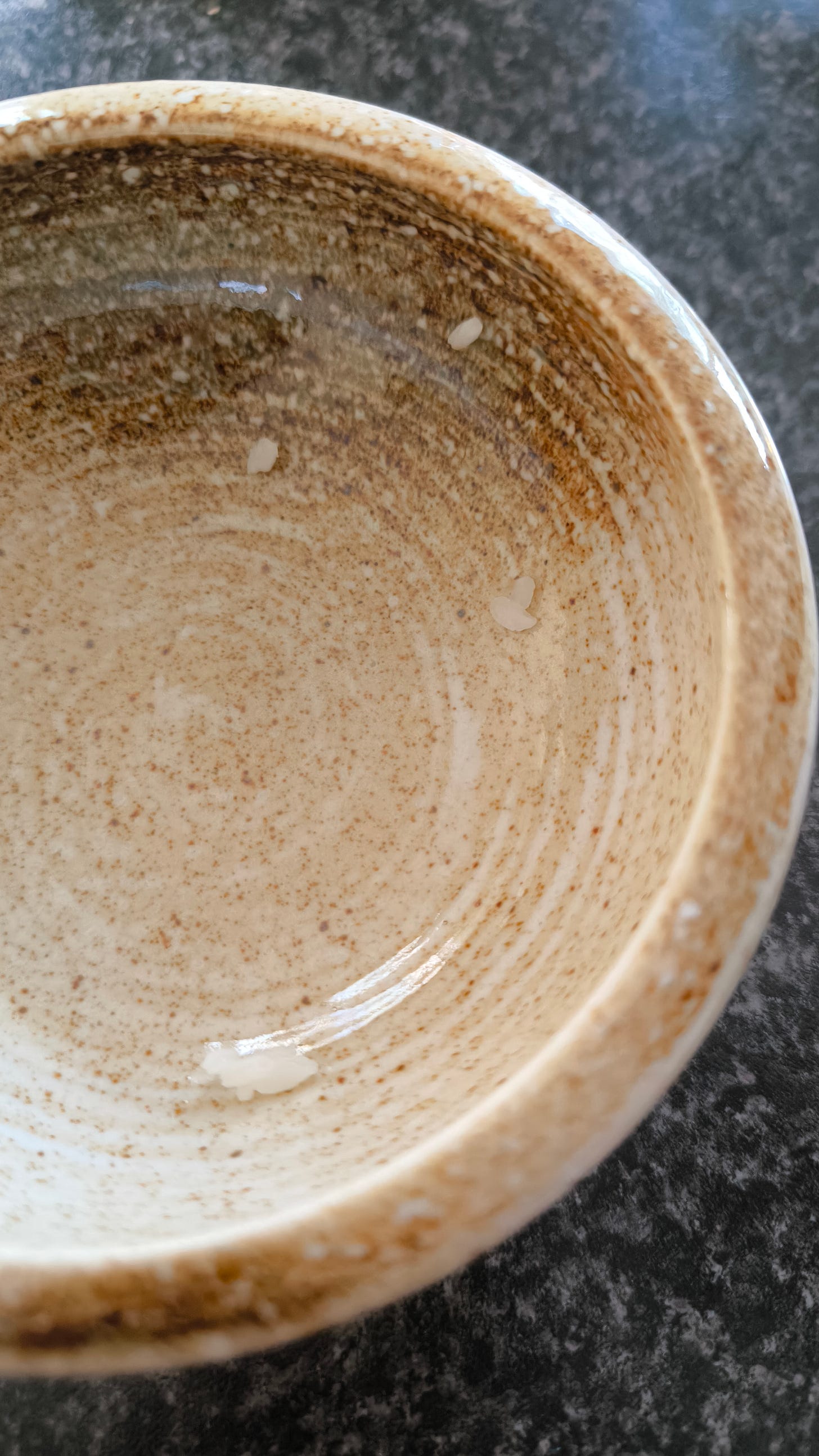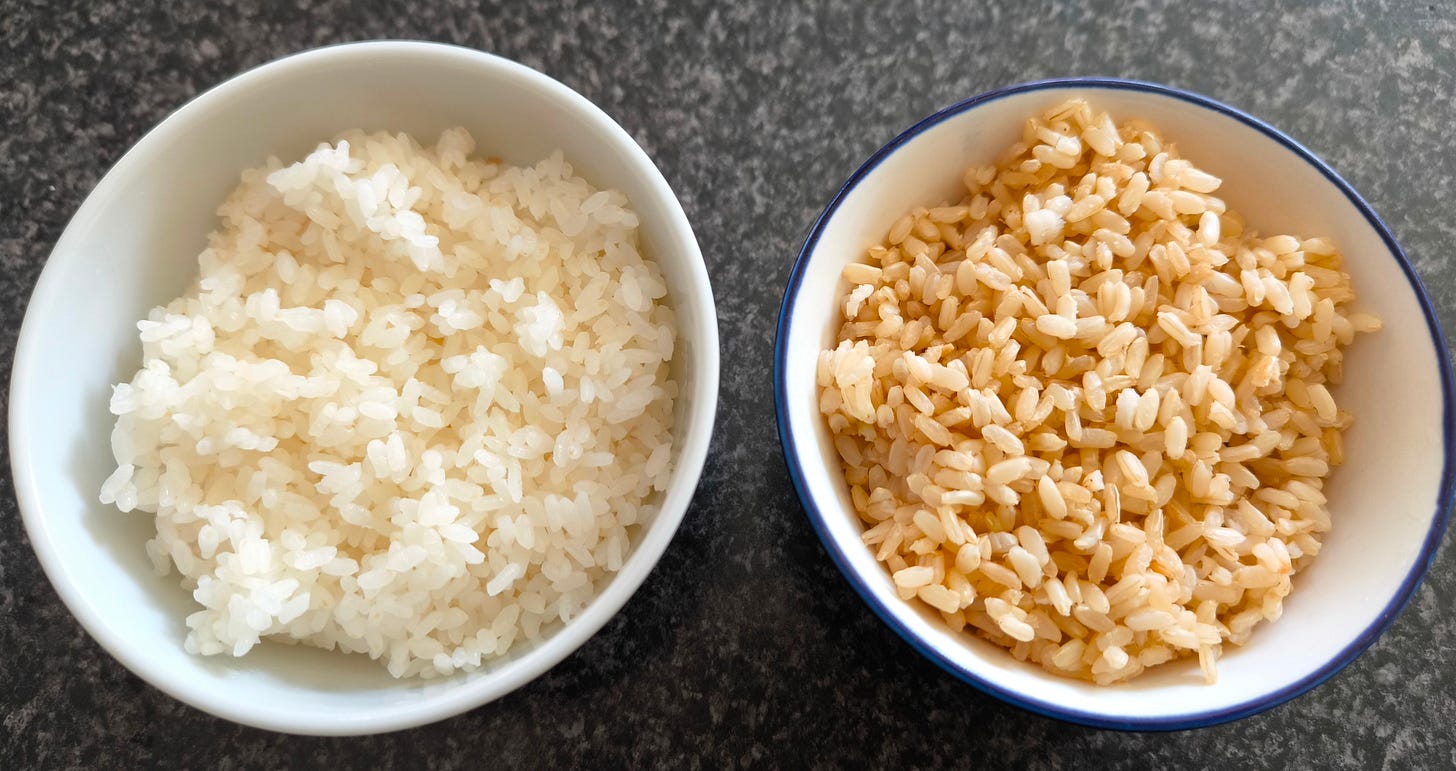As athletes with Asian roots, we know that food is more than just fuel - it’s heritage, comfort, and identity. Regardless of which Asian cuisine we’re talking about, one ingredient is central to all of them. Without it, eating Asian dishes is less enjoyable, and foods such as gimbap and onigiri would not exist. There would be no such thing as fried rice. That’s right, I’m talking about rice. To us, rice is life.
Why Rice Matters to Us
The importance of rice was instilled in me from a young age.
How many of you have heard these exact words from your parents when they noticed a few rice grains left in your rice bowl: “Eat every last grain of rice, don’t waste food - there are children in Africa who cannot afford to eat.”
For my parents, rice was worth more than the price they paid for it. It was about gratitude for our food and respect for the labour behind harvesting every grain from the rice fields.
After all, my parents - and maybe some of yours - grew up in an era where times were tough and food may have been scarce, so even a plain bowl of rice was like white gold.
In Cantonese, there’s a term 飯桶 - literally “rice bucket”, which we use (jokingly) to describe someone who eats multiple bowls of rice with their meals. There’s a way to tell if you like someone’s cooking - by how many bowls of rice you eat. I’m not kidding. Good home-cooked dishes correlate with more rice eaten.
But…if I eat 2 bowls of rice, that’s a lot of carbohydrates even for an athlete, isn’t it?
I get it, in a world where the words ‘high protein low-carb’ appear on every second food packaging…it can make you self-conscious.
In reality, many athletes aren’t meeting their minimum carbohydrate requirements for training, making it hard to build muscle, increasing injury and illness risk and hurting your relationship with food (and culture). More on this in a future post.
Back to the rice.
Rice for performance
Rice is an excellent source of carbohydrates - no surprises there. It’s the choice of energy or fuel for your muscles and brain during training. It is crucial for high-intensity, long-duration sessions or when explosive power is needed. Oh, and for reacting quickly, or making split-second decisions under high-pressure situations too. A well-fuelled brain does this without delay, sending signals to your muscles to instantly move or pivot accordingly.
Poor decision-making, unforced errors or slow reaction times are just some of the consequences of suboptimal fuelling or when carbohydrate-depleted. Carbohydrates prevent the early onset of both physical and mental fatigue. More on carbohydrates in a future post too.
White Rice vs. Brown Rice - Which is Better?
I get asked this a lot, so here’s a quick comparison of the two:
For performance, GI comfort is key regardless of the sport. Many athletes used to tell me they avoided eating pre-competition because of the fear of GI discomfort, but at the same time, they lacked the energy to perform well.
In this case, having white rice as part of your pre-training meal is more suitable - it provides energy without causing GI discomfort. After training, both types of rice will do the job for refuelling.
When you need to perform, it’s not about making the healthiest choice, it’s about which option gives you the energy without GI discomfort.
From a cultural and taste perspective
You might have been advised to switch out the white rice in favour of the higher fibre brown rice with your meals. This advice is usually solely from a health perspective.
But looking at this from our shared Asian heritage and the way we savour our dishes…if I asked you these additional questions:
Would brown rice be that perfect backdrop and absorb the sauces and flavours from the dishes the way white rice does?
Would you still enjoy the taste of the meal and eating experience if you chose brown rice?
If you answered yes, that’s completely fine. But if you answered no, that’s okay too. I’m with you on that one.
If you just sighed with relief, you’re not alone!
Here’s my opinion on why.
White rice isn’t just there to provide you with carbohydrates and fill you up. It’s part of the eating experience as well.
Its mild flavour is a perfect blank canvas to neutralise our tastebuds between bites of diverse-flavoured dishes.
It also soaks up the flavours of the sauce or broth, much better than brown rice can.
The nutty flavour from brown rice can clash with the overall flavour profile of the meal.
So if you prefer white rice, enjoy it without feeling the pressure of having to choose brown rice purely for health reasons. Cultural preferences and enjoying your meal are important too.
In a world obsessed with ‘high protein low-carb’, our love of rice, regardless of the type, is a real strength. The next time you’re filling your bowl or plate with rice, remember that you’re not just supporting your training needs, but also honouring your Asian culture. Rice is ingrained into our upbringing.







